Louis Vuitton is one of the most recognized luxury fashion houses in the world. Everyone knows the signature status LV symbol. The roots of Louis Vuitton can be traced back to adventure and travel, as their synonymous high-end leather trunks and travel accessories put them on the fashion map. Now they are celebrated for so much more, including their prestigiously crafted luggage but also their fresh approach to cutting-edge fashion on the runway. As the top luxury fashion brand in the Vogue Business Index and the luxury fashion business with the highest sales figures in the world, it’s hard to beat their everlasting prestige and buzz.
The History and Evolution of Louis Vuitton
So how did the renowned French Maison begin? At 16 years old Louis Vuitton arrived in Paris by foot from Jura, where he began as an apprentice for Monsieur Maréchal. It was 1837, a time when horse carriages, boats, and trains were the means of transportation and your luggage was thrown around and handled in a rough manner. A time when travelers would rely on craftsmen to protect their belongings.
It wasn’t long before Vuitton became a valued craftsman at the atelier, where he learned the roots of this highly intricate and special trade. Creating custom design boxes and trunks to the clients’ desires, he was developing his skills in the artisanal industry. Vuitton does not have the history of most designers, who moved from one fashion house to another or quickly started a label. He in fact stayed at Monsieur Maréchal atelier for 17 years before opening his own, first workshop at 4 Rue Neuve-des-Capucines near the Place Vendome.
His heritage as a skillful trunk maker led him to create the renowned fashion house we know today.
Vuitton moved his workshops to Asnières, northwest of the city in 1859 while keeping his store in Paris. The Vuitton family lives above the workshop to remain close to production before later moving into an Art Noveau-designed house next door. This was an art movement that was flourishing in the late 1800s.
With rail and then the first-ever automobile travel invention on the rise, travel became an established, exciting and critical part of life. With driving first being introduced, travel had never been more accessible and thrilling. Vuitton’s business began to grow and LV luggage became the practical and functional choice, while also being a status symbol of the wealthy.

In 1886 Vuitton’s son, George was fully involved in the business, and it wasn’t long until he made his impact.
He fully revolutionized luggage locks with an innovative and ingenious closing system, and turned travel trucks into treasure chests. As travelers carried all their essentials in flat trunks, it often attracted burglars. But the Vuitton family saw this as an opportunity to be better and protect their consumers’ goods. The revolutionary lock was something George continued to work on and develop. He even challenged the American escape artist Houdini to test the unpickable lock’s effectiveness. And while he never accepted the challenge, the lock remains indisputable and is still used in many designs today.
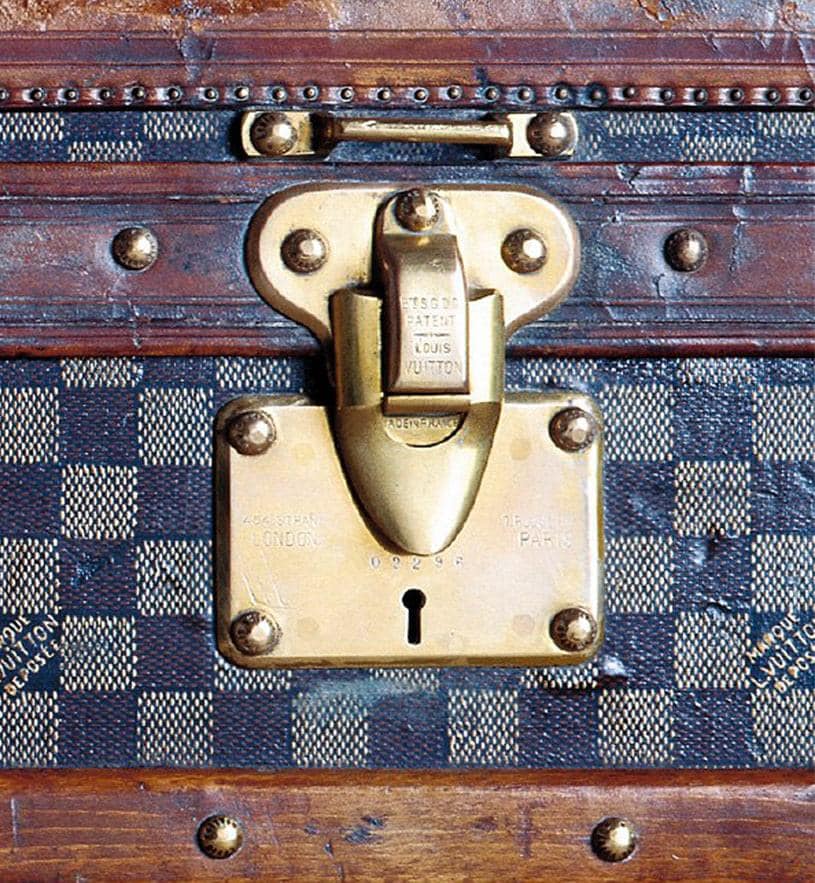
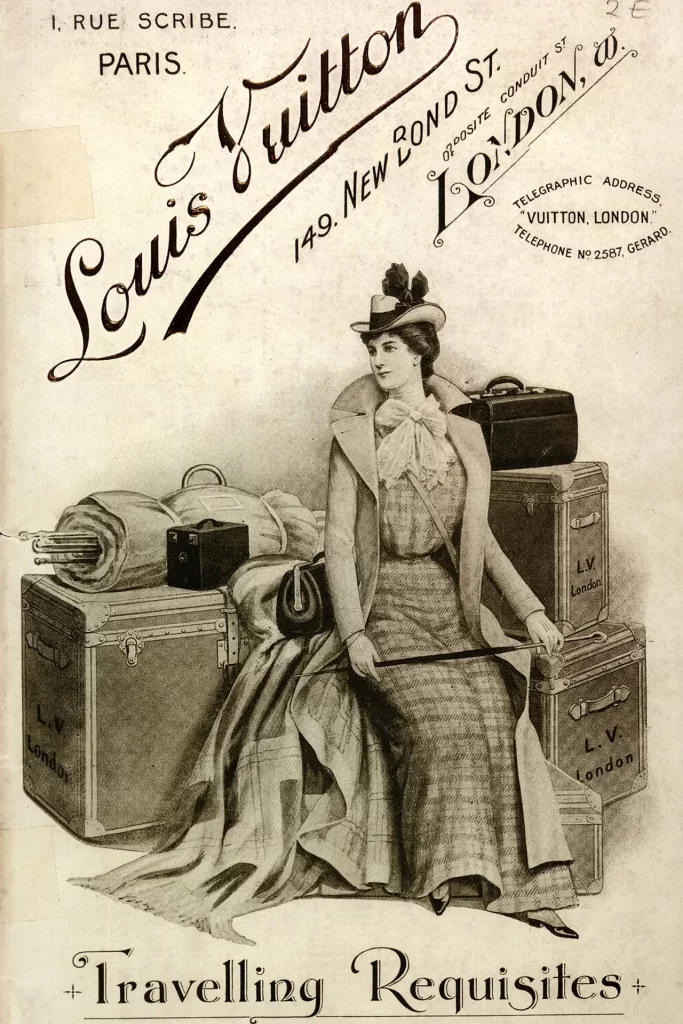
The legend and founder, Louis Vuitton passed away in 1892.
The skilled craftsman was one-of-a-kind, renowned for making groundbreaking stackable cases that were waterproof and light for his consumers. The dedication to his luggage label and beginning from nothing is truly admirable. His innovation and commitment to producing the best for his customers forever live on in the fashion house today.
The founder’s son George took the helm of Louis Vuitton that year. Four years later, the very first LV monogram was born. The signature pattern which became a synonymous print for the brand. And is still seen on Louis Vuitton bags today over a century later. George also created the interlocking LV with the flower design as a canvas print to brand the luggage. The two patterns today have become the most recognizable symbols of status on Louis Vuitton accessories in the world.
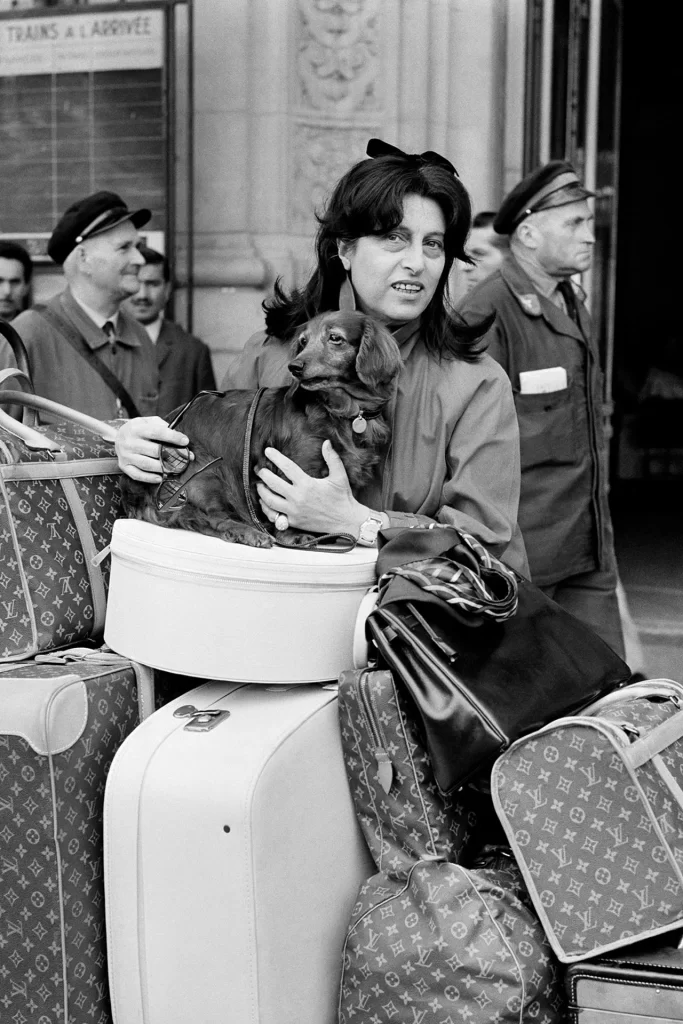
Louis Vuitton was quickly becoming an iconic brand of its time. Renowned in luxury luggage for its exceptional craftsmanship and innovative designs. The house caught the attention of Coco Chanel in 1915, who commissioned George for a bespoke handbag. This led Louis Vuitton on its first journey of smaller leather goods. In the 30s Chanel gave permission for the bag to be mass-produced, today that handbag is known as the Alma.
The epitome of chic and timeless style, Miss Audrey Hepburn was often seen carrying the popular Speedy travel bag.
She even requested to have the bag made in a smaller size. So we have none other than the legendary actress for the Speedy 25.
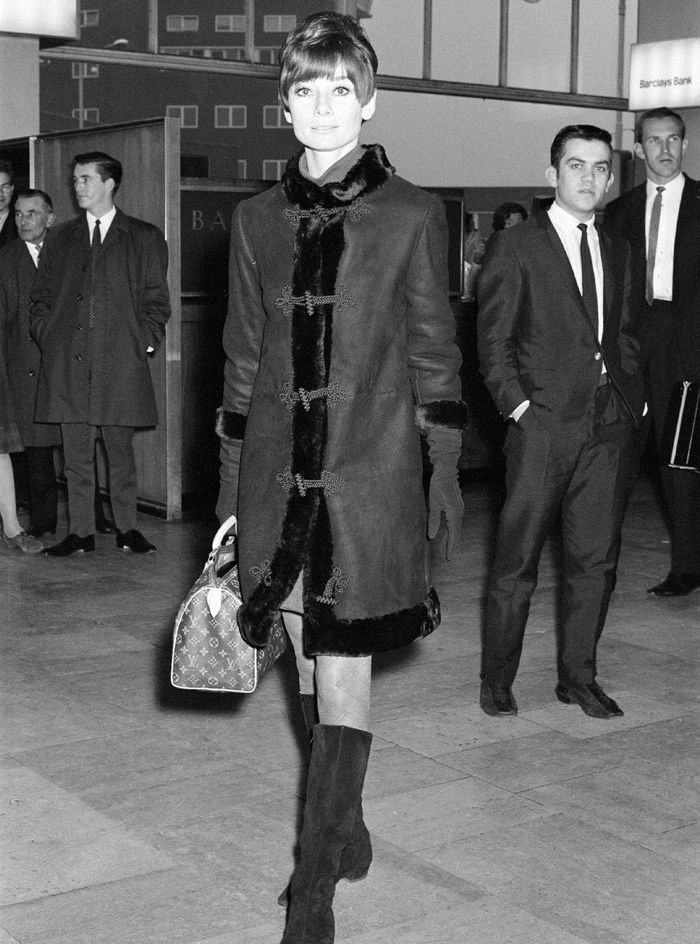
In 1936 George Vuitton sadly passes away and his son Gaston-Louis Vuitton takes the helm of the house.
Then in 1977, Gaston’s son-in-law Henry Racamier took over. However, he aimed for global expansion and so turned the fashion house into a global empire in 1987 by merging Louis Vuitton with Moët & Chandon and Hennessy, the leading manufacturers of champagne ad cognac to form a luxury goods conglomerate, that we know globally today as LVMH. This took the French Maison to brand new heights.
LMVH is now a multinational corporation and conglomerate specializing in luxury goods with its HQ in Paris.
The aim of this conglomerate was and continues to be to ensure the long-term development of each house to maintain its identity, heritage, and expertise.
The 80s brought international recognition to Louis Vuitton taking the fashion house to a whole new level.
The 90s onwards saw Louis Vuitton establish itself as a leading fashion house with the first appointment of an American creative director out of the family.
In 1997, Marc Jacobs introduced Louis Vuitton into ready-to-wear transforming the fashion house from a luxury luggage label to a high fashion powerhouse.
Throughout his appointment at Louis Vuitton, he really brought some life into the house with a fresh perspective, giving a new take on the monogram, revolutionizing fashion shows, launching the first jewelry range, and inspiring the first supermodels such as Kate Moss and Naomi Campbell to wear the houses staid hatboxes.

Credits: Louis Vuitton

Credits: Vogue
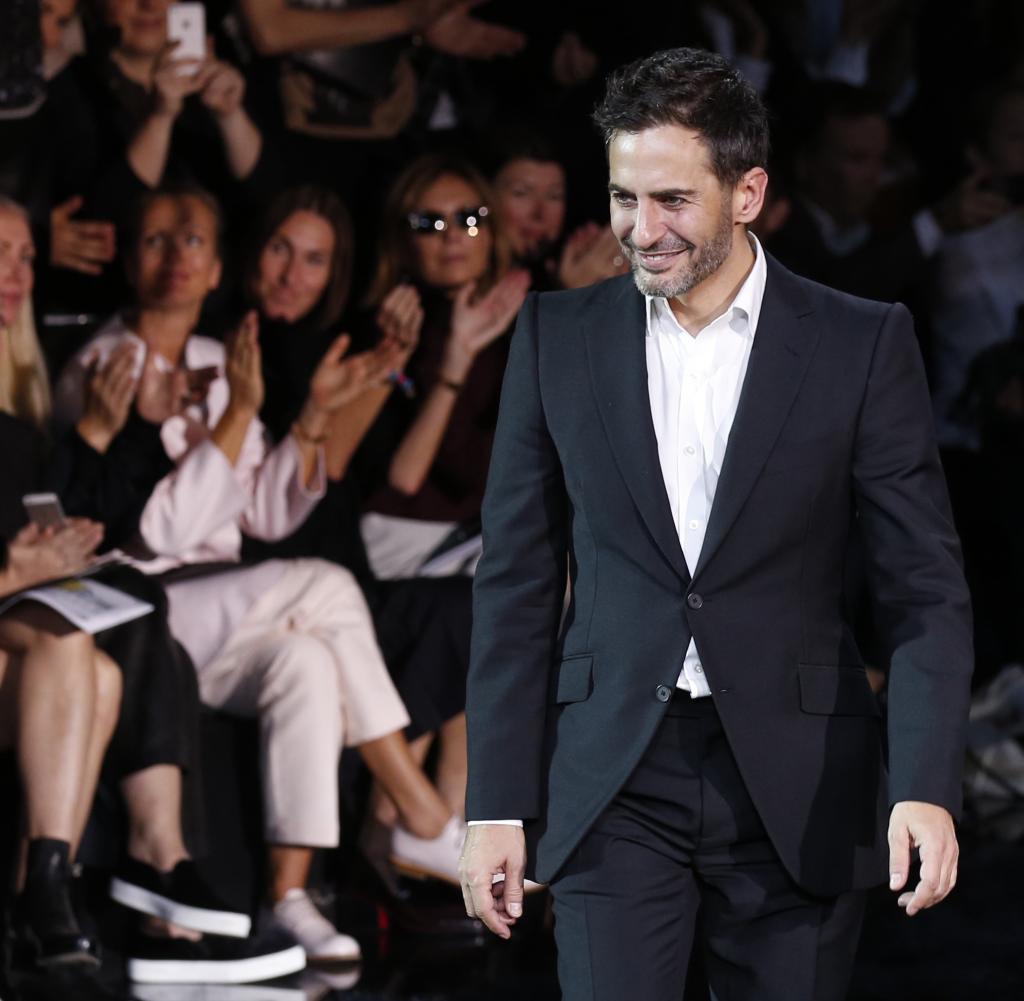
Credits: Die Welt
Nicolas Ghesquière was next to take over the renowned fashion house in 2013.
The forward-thinking designer re-energized Louis Vuitton in the luxury market. His innovative craftsmanship brought the house to the forefront of the industry. He has taken Louis Vuitton to one of the most successful luxury brands of our time. From his show-stopping runway moments to his financial might for the fashion house.

Credits: Forbes
While Ghesquière took care of womenswear, Kim Jones was appointed as the artistic director of menswear in 2011.
Entering one of the fastest-growing elements of the fashion powerhouse, Jones debut collection SS 2012 was immediately accepted and admired by industry insiders. As one of the leading designers in menswear to date, the designer has been awarded multiple times for his work at Louis Vuitton including Menswear Designer of the Year by the British Fashion Council in 2021.
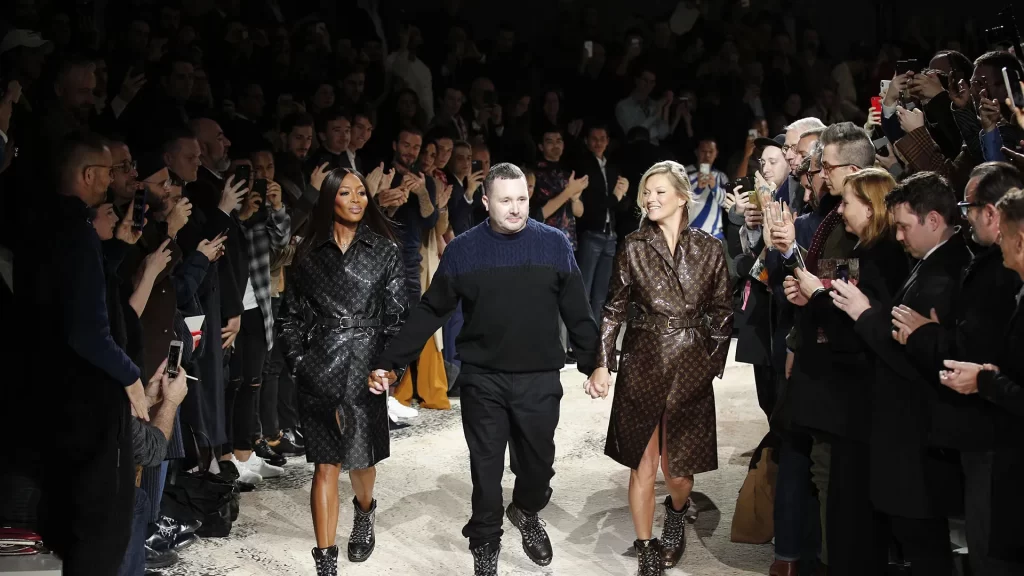
In 2018 Virgil Abloh, the Karl Lagerfeld of our time took over menswear before he passed away last year.
As Louis Vuitton’s first African-American Artistic Director, Virgil Abloh was truly an incredible individual, who will forever have left his distinct mark on the fashion industry. Abloh stepped up the performance of menswear with many hits from iconic collabs to the introduction of eyewear, bags, and varsity jackets. His first show for the leading fashion house enraptured his vision to reform the brand for the younger generations. His time at the fashion house might have been short but he made a huge impact.
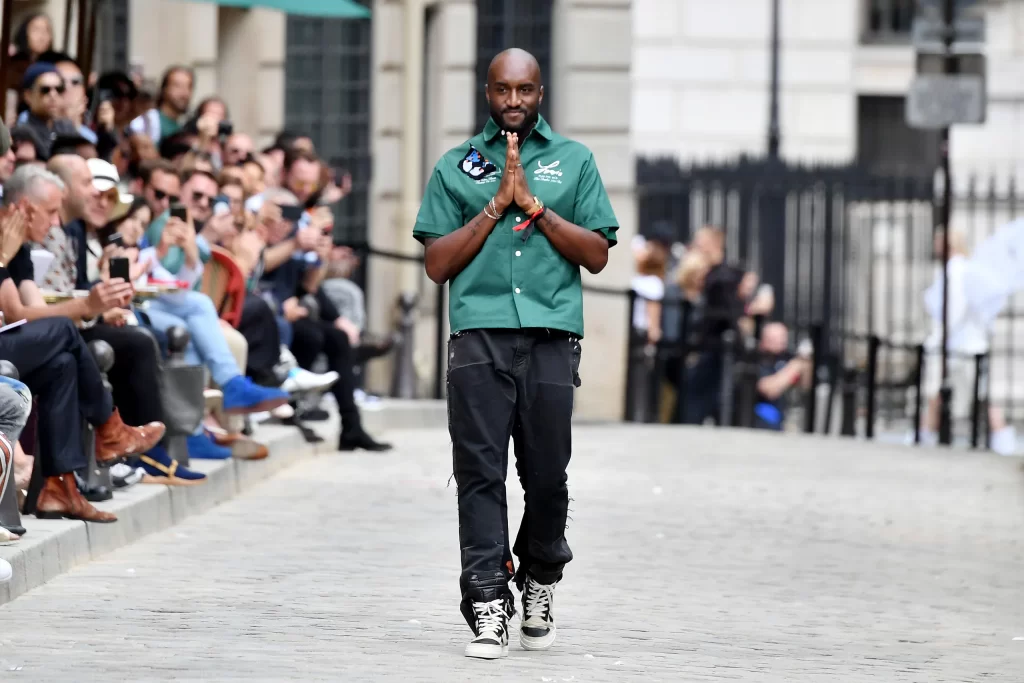
Louis Vuitton continues to be one of the largest luxury fashion houses to date and it’s not slowing down anytime soon.





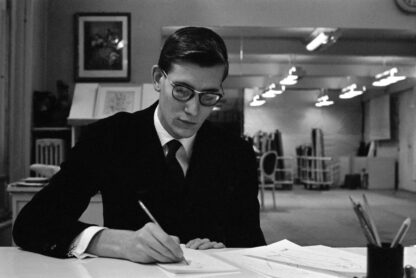




I have a one of a kind table lamp if a intricate tree painted brown flowers of ivory lovingly painted with real gold and humming birds connected beak to flowers a solid in see if ivory and a heavy ivory top in shape of a acorn